Nearly 200 million years before modern whales, school bus-sized marine reptiles called ichthyosaurs may have been making similar migrations to ancient breeding grounds.
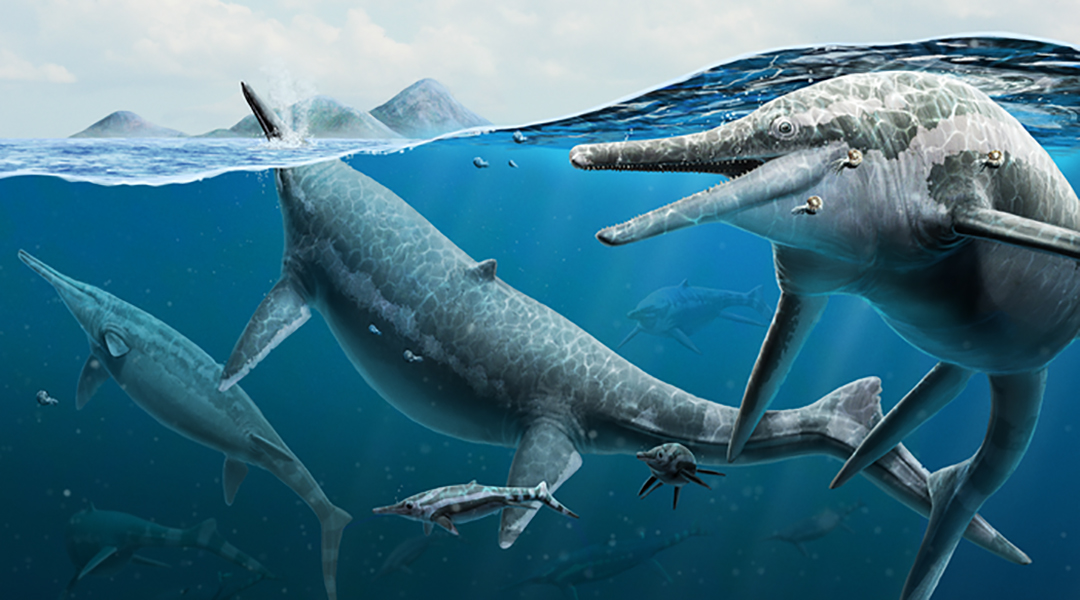

Nearly 200 million years before modern whales, school bus-sized marine reptiles called ichthyosaurs may have been making similar migrations to ancient breeding grounds.
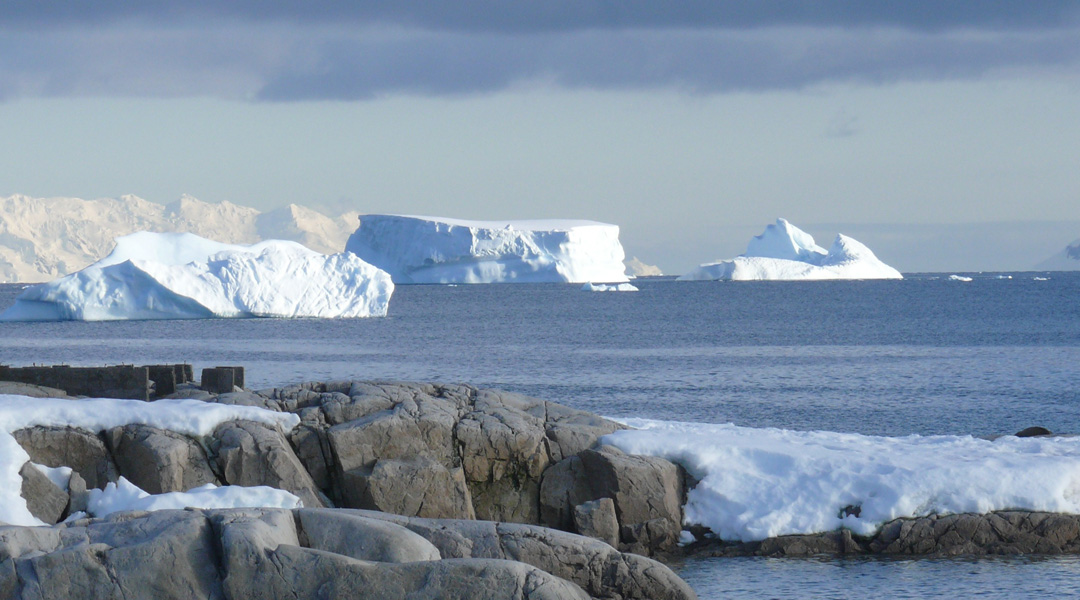
Underneath the freezing, desolate surface of Antarctica, phytoplankton are finding a niche.
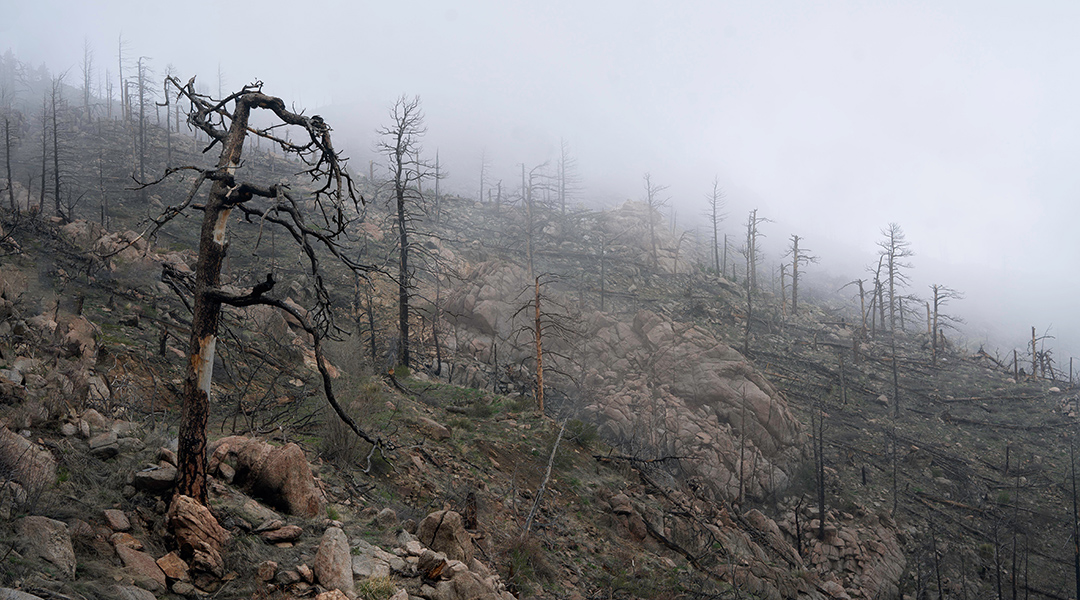
Data collected between 2010 and 2020 shows that people are relocating away from hurricanes and heatwaves but towards fire-prone areas.
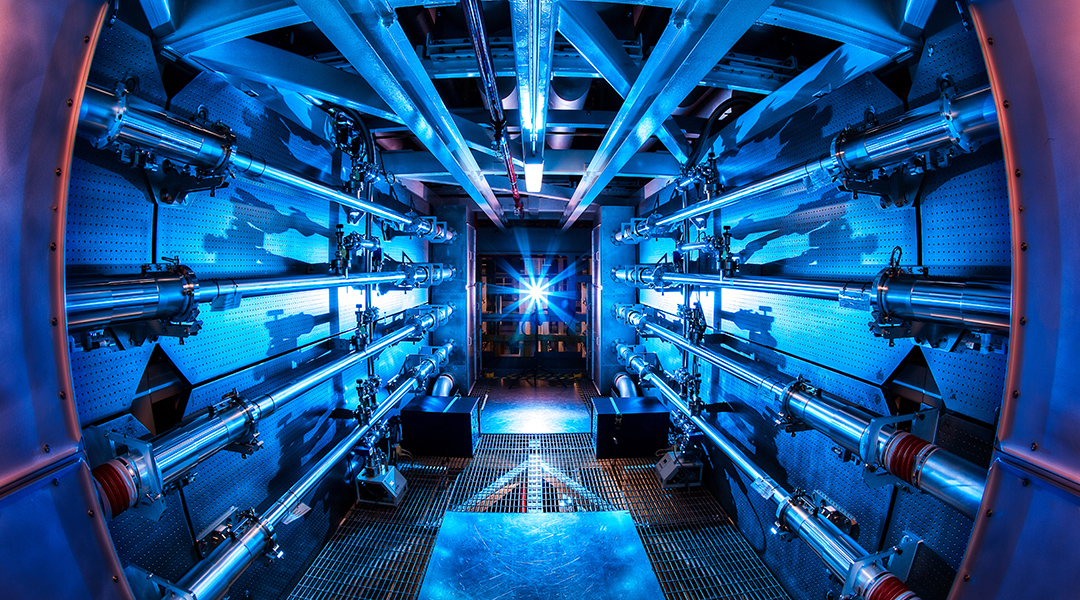
After decades of experimentation, US scientists achieve ignition in a controlled fusion experiment for the first time.
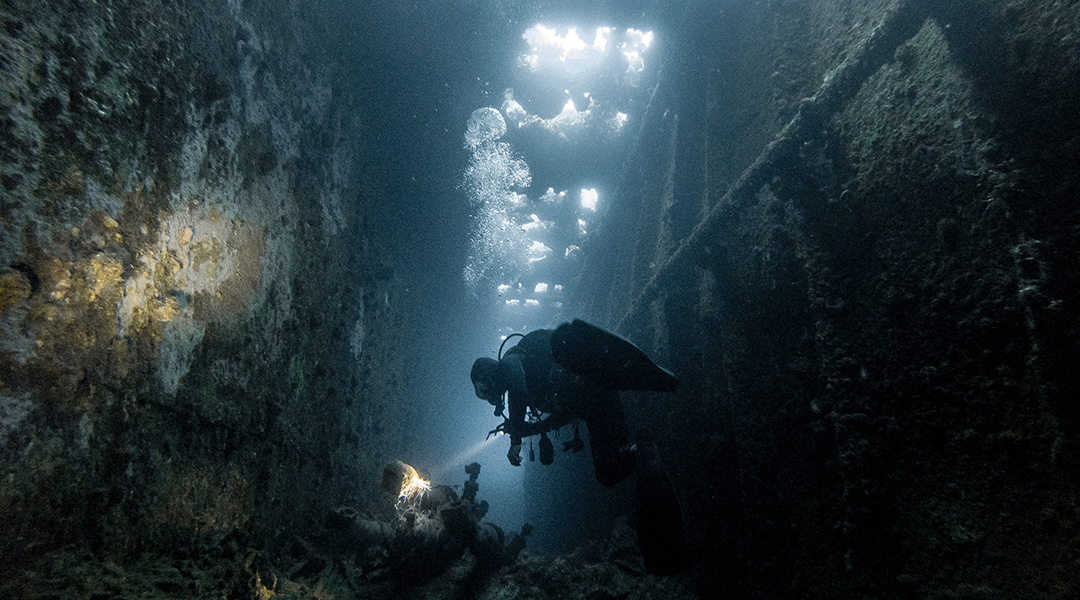
A new battery design not only provides energy,not only provides energy, but facilitates automatic surfacing and diving mechanisms in electronic, underwater equipment.
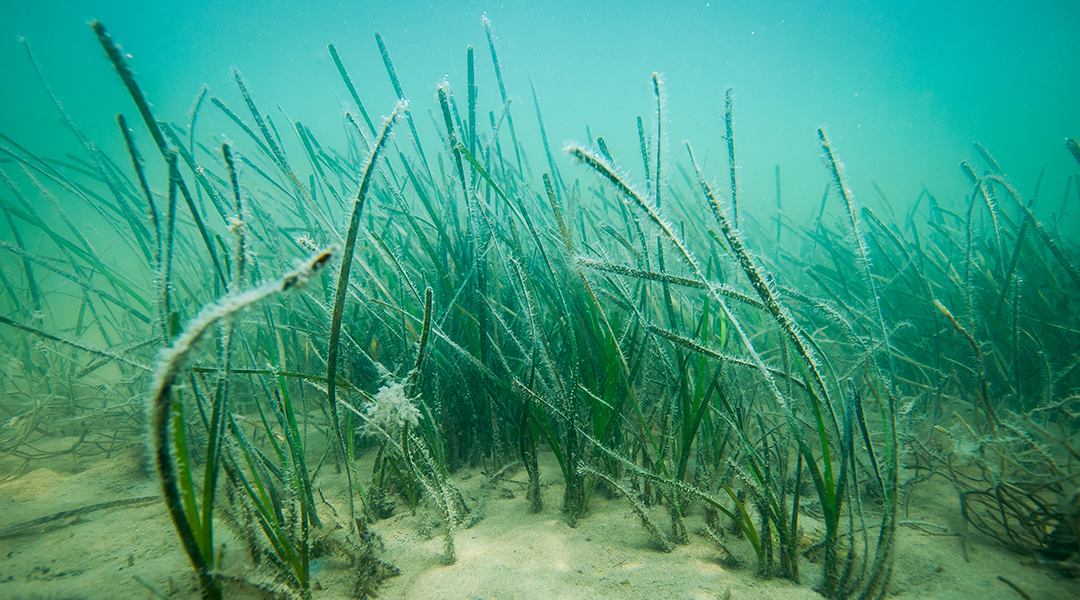
Seagrass roots make underwater sand more resistant to strong waves and reduce coastal erosion by 70%.
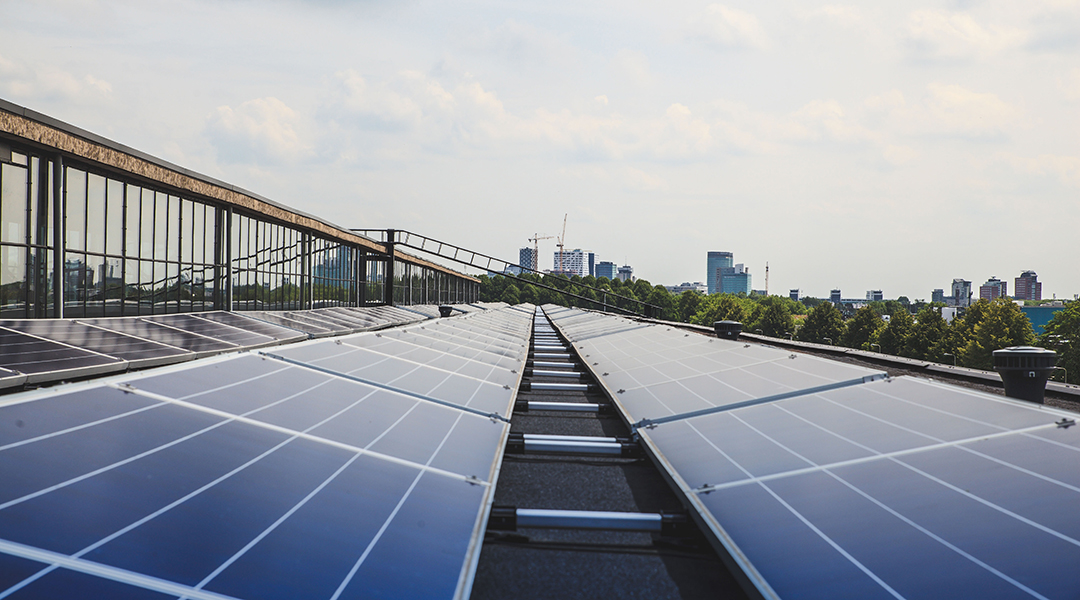
A new manufacturing technique to grow perovskite crystals for high-performance solar cells uses “face masks” to minimize imperfections.
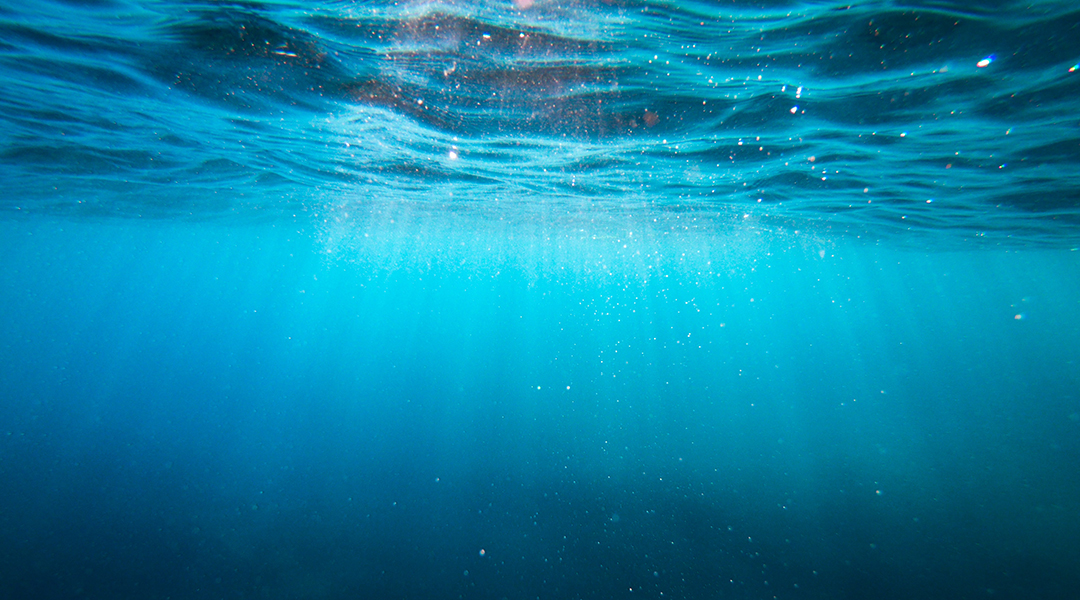
The direct electrolysis of seawater to make hydrogen has been shown in a lab-scale demonstration.
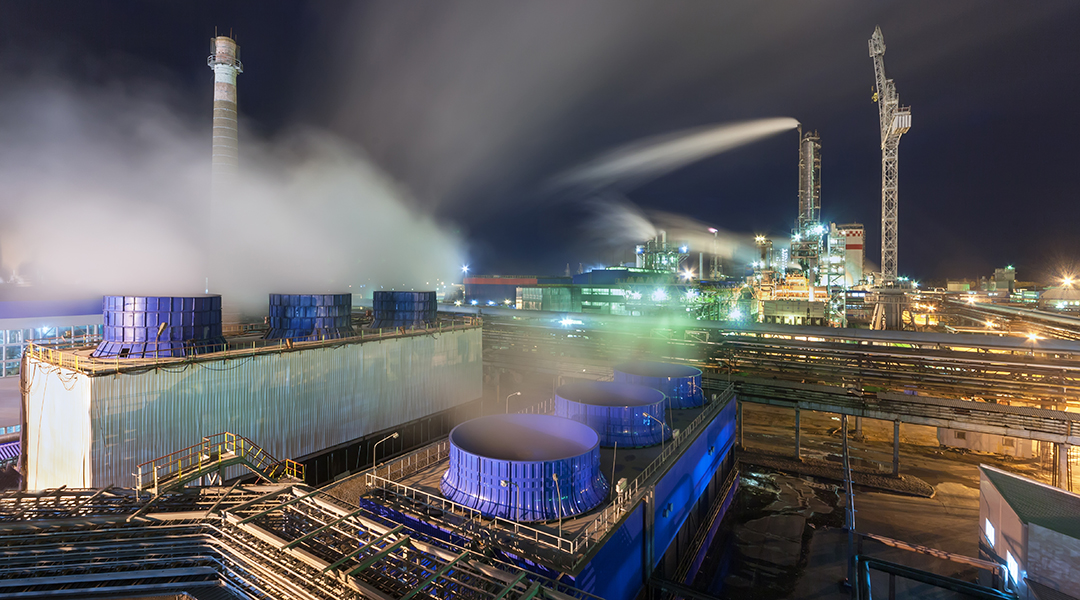
With a fossil fuel–derived climate catastrophe on our doorstep, many see ammonia as a possible alternative fuel source.
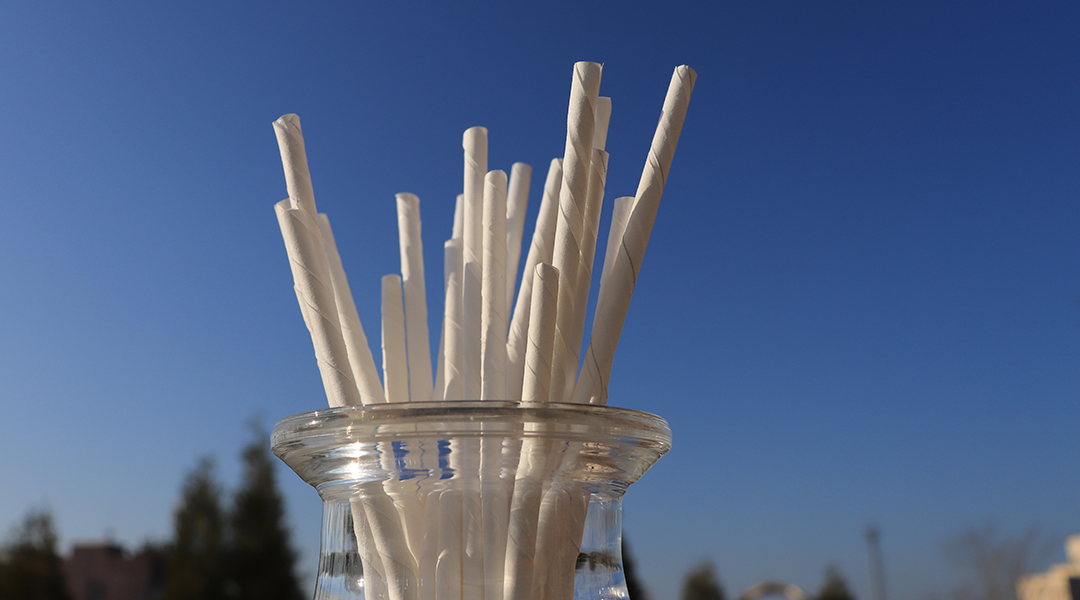
Soggy, limp paper straws have for too long been the only option to minimize plastic waste, but a new, improved design will remedy this.